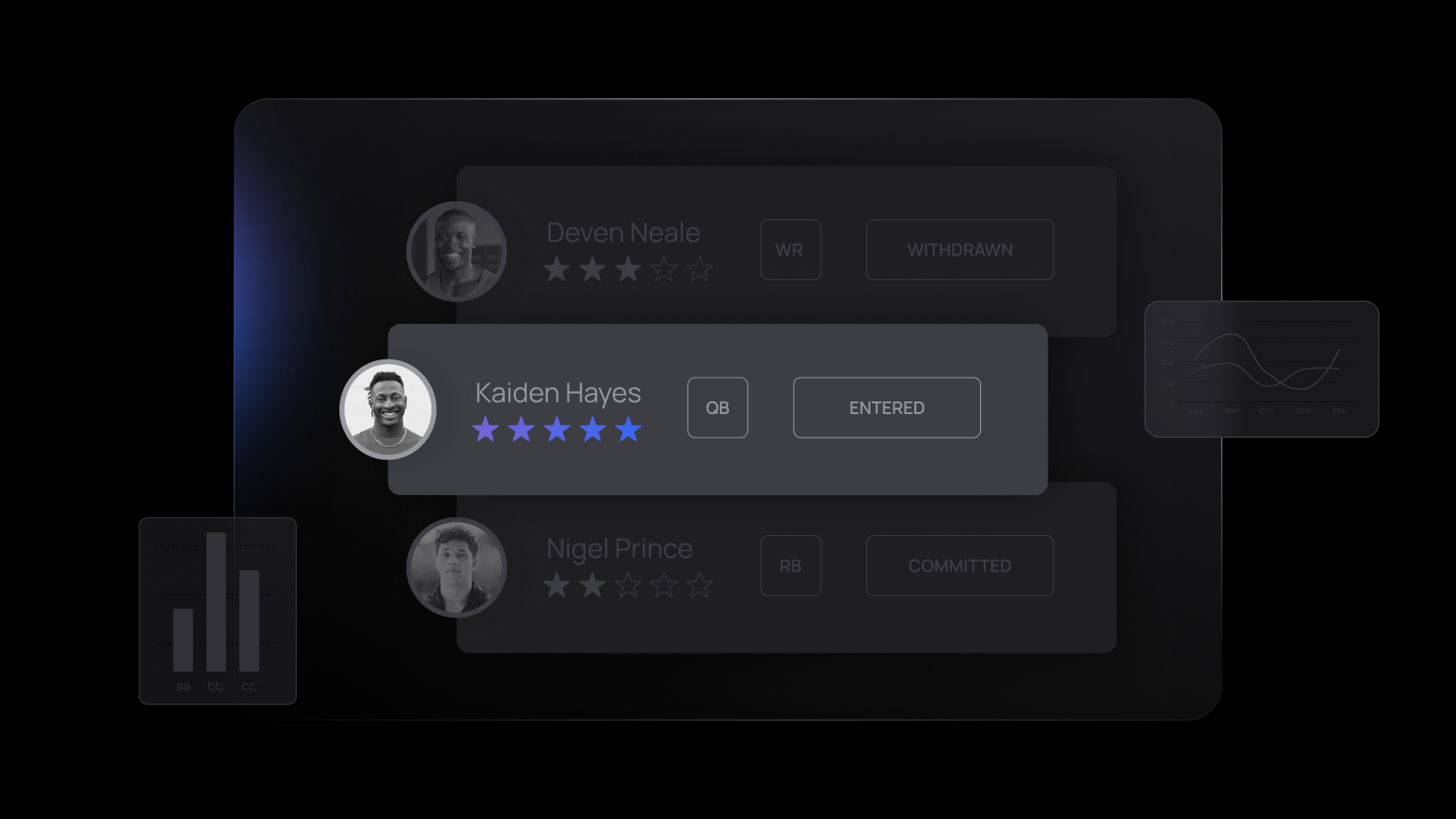As college football gears up for one of its most pivotal moments of the year—the opening of the transfer portal on December 9 — teams, coaches, and athletic departments are bracing for significant challenges in managing rosters and scholarship counts. This season will be wildly unpredictable, especially as it marks the last transfer window before scholarship caps and roster limits officially kick in. The looming restrictions are driving an even greater sense of urgency, with a surge of athletes seeking new opportunities before their transfer options are restricted. As the portal opens and the landscape shifts, schools will need to rely more heavily on data and analytics to make objective personnel decisions in what is shaping up to be a chaotic off-season.
The Impact of Scholarship Limits
The SEC has already set the stage by capping roster spots at 105 and scholarships at 85, a move likely to set a trend across the college football world. While some conferences are debating whether to increase scholarships to 105, other schools are already adjusting their strategies.
With a roster cap of 105 (85 full scholarships plus an additional 20 spots), we will likely see the first real wave of equivalency or partial scholarships in college football. This could provide more opportunities for talented players to join teams, even if they don’t receive a full scholarship, further increasing the fluidity of roster movements.
The April 7, 2025, deadline to finalize scholarship and roster limits adds another layer of urgency. Any transfers made before then do not count against the 2025-2026 cap, which means we can expect some high-profile players to move in the coming months before those restrictions take effect. Teams will have an opportunity to make major acquisitions, but they will need to do so with a keen eye on the future to avoid being caught off guard once the cap comes into full effect.
Walk-ons and Transfers: The Portal Effect
The roster caps will push many walk-ons into the transfer portal, adding to the volume of scholarship players and new recruits already in play. As athletes seek new opportunities, this influx of turnover will only intensify the portal’s chaos, making it an even more critical—though unpredictable—tool for athlete acquisition.
Another nuance to consider is that student-athletes at schools where coaches have been fired can enter the portal immediately. Programs like UNC are already experiencing this shift as players are uncertain about their future and are looking for stability in other programs.
With high-profile deals and a high volume of players entering the portal, this offseason is shaping up to be one of the most unpredictable in recent memory. The increased roster movement means that coaches and player personnel teams must rely on more sophisticated data tools to ensure they make the best team decisions.
The Role of Technology: Data to Drive Success
In today’s environment of uncertainty, the importance of data cannot be overstated. Leveraging data to make informed, objective decisions about athlete movement, roster management, and scholarships will be crucial in navigating the complexities of the transfer portal.
As college football teams brace for a wave of roster turnover, technology will be the driving force behind staying ahead of the curve. Programs that can quickly adapt and make data-driven decisions will be best positioned to seize the opportunities the portal presents.
“With the impending roster caps and revenue sharing, this offseason will bring the highest level of player movement college football has ever seen,” said Matt Dudek, Sr. Account Executive at Teamworks and former College Football General Manager. “This creates a unique opportunity to transform your roster in a matter of weeks, but it also carries the risk of things going south quickly. Over the next few years, we’ll see unprecedented parity in college football, with proactive, strategic, and well-organized programs making significant strides—while those stuck in old recruiting practices may fall behind.”
The Bottom Line: A Wild Portal Season
When the portal officially opens on Dec 9, the college football landscape is poised for a dramatic shift. Increased roster movement and changes to scholarship counts will make this offseason one of the most active and unpredictable in recent years. To succeed, programs will need to use data and technology to make objective personnel decisions that will shape their future success. With major players likely to enter the portal before the April cap comes into effect, this season promises to be wild—and one where only the most agile programs will thrive. Teamworks Personnel is designed to support teams throughout this dynamic process, empowering you to manage every aspect of the roster lifecycle—whether you’re analyzing talent, planning budgets, contracting, or paying student-athletes. With our unified platform, you can confidently navigate the transfer window and beyond, ensuring your program remains competitive long term.
Are you ready for the portal? Let Teamworks help you navigate the changes. Contact us to schedule a meeting and explore how our Personnel solutions can support your roster management needs.
